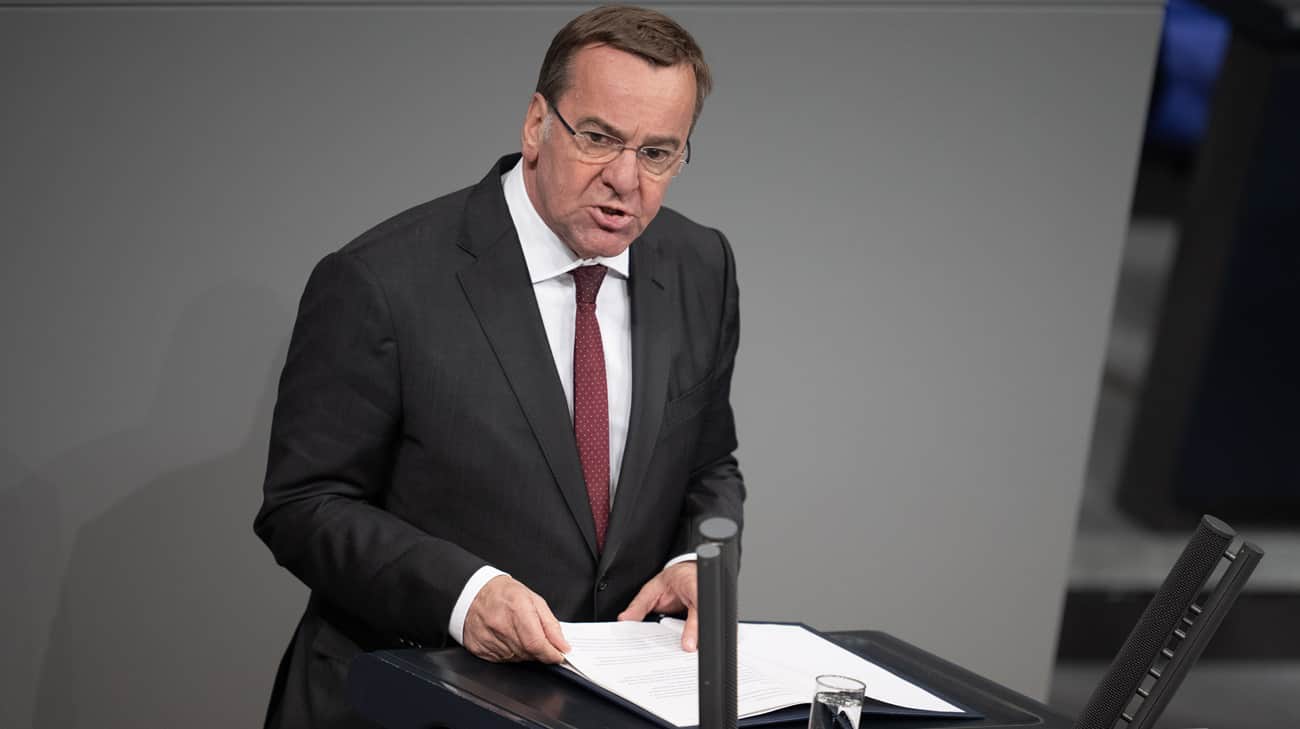Bond tumult prompts comparisons with Britain’s 1970s debt crisis
The turmoil engulfing the UK gilt market has shades of the country’s debt crisis in the 1970s which culminated in the then Labour government needing a bailout from the IMF, according to multiple financial heavyweights. Nigel Green, chief executive of of the the world’s largest independent advisory businesses, called the market bedlam, which has seen [...]


The turmoil engulfing the UK gilt market has shades of the country’s debt crisis in the 1970s which culminated in the then Labour government needing a bailout from the IMF, according to multiple financial heavyweights.
Nigel Green, chief executive of of the the world’s largest independent advisory businesses, called the market bedlam, which has seen the pound and UK government bonds pummelled over the course of the week, a “brutal throwback to 1976”; the year of the bailout.
“The parallels with the Liz Truss mini-budget debacle of 2022 are obvious, but the risks now are even graver,” said Green, whose firm, Devere Group, advises over 80,000 clients internationally.
The toxic combination of a falling pound and rising borrowing costs is historically rare, and it’s a clear signal that the markets have lost faith in this government’s ability to manage the UK’s debt.
10-year gilt yields – the interest the government is made to pay on decade-long loans – have surged by as much as 13 basis points to 4.92 per cent this week. The jump took the government’s borrowing costs to their highest level since 1998, as investors become increasingly uncertain about the country’s fiscal position at the government’s ability to rein in spending.
Unusually, the sell-off in gilts has coincided with a cratering pound, which has suffered its largest cumulative three-day slide in yearly two years in a rout that saw it lose ground against every other currency.
Sterling slid as much as one per cent against the dollar during early trading on Thursday morning, hitting its lowest level against the reserve currency since November 2023.
Green’s comments echoed those made by former Bank of England rate setter Martin Weale, who said in an interview with Bloomberg News that the events of this week were similar to the 1976 debt crisis “nightmare”.
The humiliating episode, which took place under Harold Wilson’s government after it couldn’t keep checks on gaping budget and trade deficits, ended up in the UK seeking a $3.9bn from the IMF on the condition it agreed to chastening austerity-like conditions.
“We haven’t really seen the toxic combination of a sharp fall in sterling and long-term interest rates going up since 1976. That led to an IMF bailout,” said Weale, who served on the Bank of England’s Monetary Policy Committee between 2010 and 2016. “So far we are not in that position but it must be one of the Chancellor’s nightmares.”
Weale added that the precarious fiscal situation – which has left the UK’s debt burden at its highest level since the early 1960s – had been brewing for a long time thanks also to successive Conservative chancellors.
“Policy over the last 20 years has been to let [the debt] rise when things go wrong and not offset that when the sun is shining. Perhaps its surprising that markets may only now be getting concerned about that,” he told Bloomberg.



